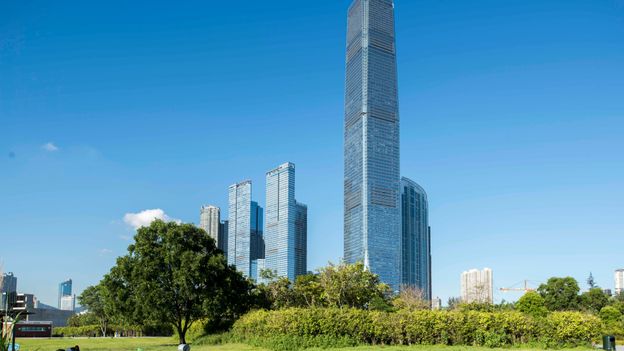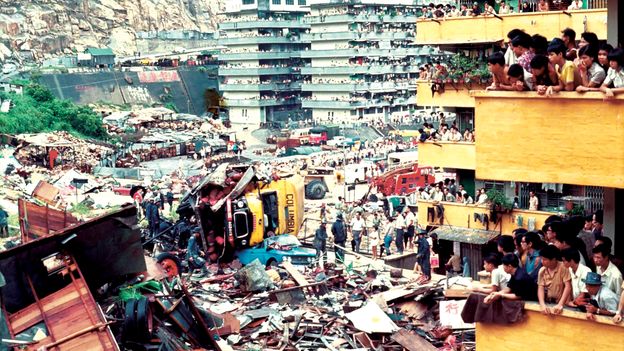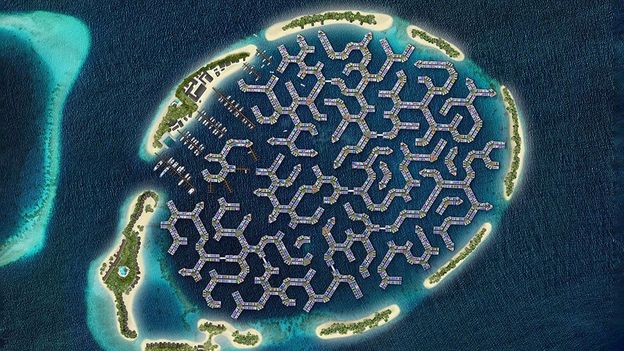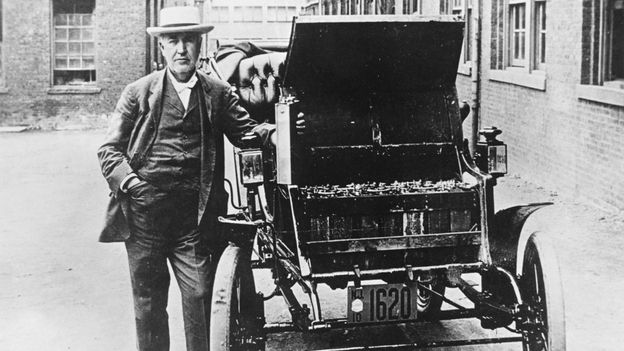Despite these shining examples of green skyscrapers, the fact remains that transforming Hong Kong’s tall buildings to net zero carbon poses many challenges. One is improving energy efficiency in peak hours of use, from 8-10am and 5-7pm. Another is a lack of space to install large renewable energy systems. And even if there is space to install, for example, a solar array, there is then the risk of glare issues that could affect other tall buildings nearby. Added to that, there is a degree of uncertainty about the long-term development of the carbon-offset market.
There is also embodied carbon – all the CO2 emitted in producing materials and construction, which makes up 30-50% of a building’s lifetime emissions. To address this, buildings need to adopt a whole-life approach which takes into account both embodied and operational emissions. The use of low-carbon construction materials, such as timber, or steel that has a high recycled content, or more sustainable concrete, will be essential to reduce these buildings’ carbon footprint.
However, despite the many challenges, Cary Chan, executive director of Hong Kong’s Green Building Council, says achieving a carbon neutral skyscraper is not just a possibility, it’s a necessity. “For high-rise, high-density, sub-tropical cities like Hong Kong, achieving net zero is a tremendous challenge,” says Chan.
Chan says that the first step to net zero buildings is not to change a feature of the buildings themselves, but make the energy source they use greener. As part of their 2030+ carbon action plan, the Hong Kong government has set a target to reduce the carbon intensity of the city’s power supply by about 65-70% by switching from coal to natural gas and buying more renewable energy from China.
“The calculation is that, for the building sector, if a building can reduce their energy consumption through green measures to around 25%, and if the carbon intensity of the power supply can reduce by 70%, then the two together is already more than 90%. So with that calculation it is doable for Hong Kong,” says Chan.
It will undoubtedly be a huge challenge to get the majority of buildings in Hong Kong – from futuristic skyscrapers to older and smaller dwellings – to commit to the target, but Chan remains hopeful and confident. In terms of net zero, he says, Hong Kong is determined to become the role model for sustainable, vertical cities.
—
The emissions from travel it took to report this story were 0kg CO2. The digital emissions from this story are an estimated 1.2g to 3.6g CO2 per page view. Find out more about how we calculated this figure here.
—
Join one million Future fans by liking us on Facebook, or follow us on Twitter or Instagram.
If you liked this story, sign up for the weekly bbc.com features newsletter, called “The Essential List”. A handpicked selection of stories from BBC Future, Culture, Worklife, and Travel, delivered to your inbox every Friday.












